In this age of cable-cutting, comfort-loving consumers, it comes as no surprise that true wireless headphones will soon become a staple.
You’re dying to get your hands (or ears) on a pair of true wireless headphones but you’re still kinder sitting on the fence. It could be the vast number of options available out there or you’re not even entirely sure if it does fits with your lifestyle. One thing you do know is that the freedom to move around without having to deal with tangled cables is really attractive. Still, there are a couple of other things that you have to consider when you are choosing a pair of true wireless headphones.
What Are True Wireless Headphones Anyway?
And what makes it different from wireless in-ear headphones or wireless earbuds?
True Wireless Headphones
True wireless headphones refer to Bluetooth earbuds or IEMs that have neither cords or wires between them nor to an audio source (smartphones, MP3 players, tablet, etc.). Since they have no wires, the mic, controls and battery are built into the housing of the earbuds.
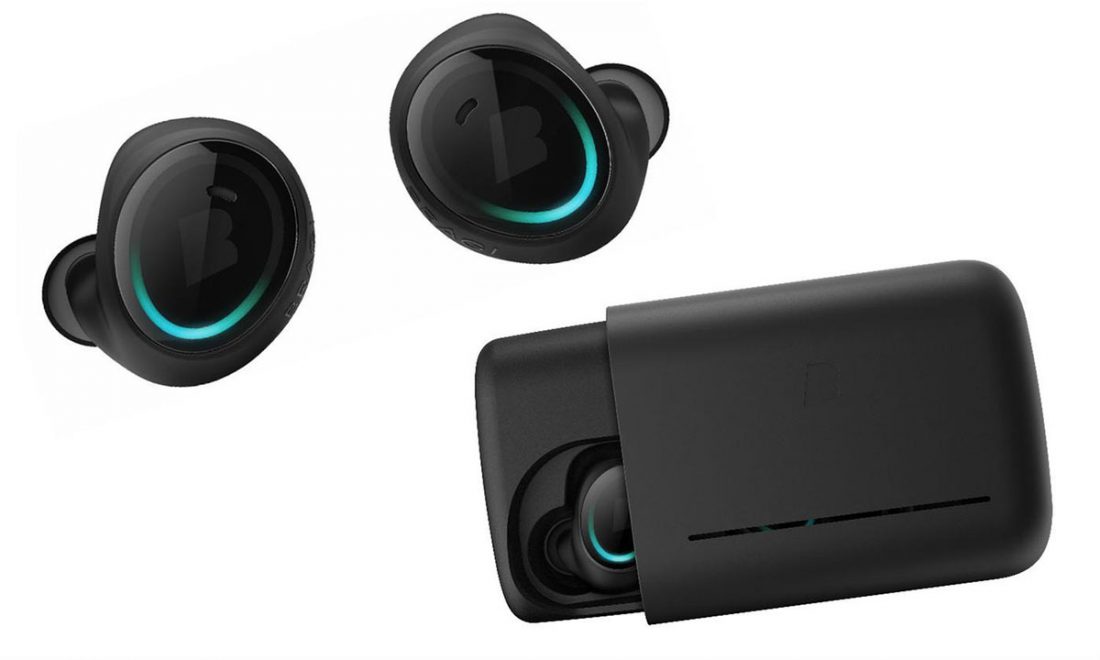
Wireless In-ear Headphones
Wireless in-ear headphones are also Bluetooth earbuds or IEMs but with one key difference – the cable connecting both driver housing. Most people will mistake wireless in-ear headphones such as Beats X Wireless Earphones as true wireless headphones. But the cable should be the dead giveaway. You see the mic, volume control and battery are situated on the cable itself.
The one common thing between types of headphones is the use of a wireless technology to transmit data. Before we give you the factors why you should buy true wireless headphones, it’s important to at least get to know first a little bit of the wireless technologies behind these.
Type of Wireless Technologies
Here’s a brief rundown to get you started:
- Bluetooth
- Infrared (IR)
- Radiofrequency (RF)
- Kleer
Bluetooth
Most on-shelf true wireless headphones use Bluetooth. Since most electronic devices are Bluetooth-enabled, Bluetooth headphones give you more audio sources to connect to. It’s considered safer since Bluetooth connections are made possible through direct pairing. Although it doesn’t need a clear line of sight to connect, the older Bluetooth versions’ range is fairly limited as it can only reach up to 33 feet (10 m). Needless to say, sound quality can be problematic in low-quality Bluetooth headphones.
Infrared (IR)
Infrared wireless headphones transmit audio signals through infrared waves, just like your TV remote, from a base unit. The more expensive IR headphones can rival the sound quality of wired headphones. In fact, it transmits sound separately to the left and right headphones, resulting to an immersive sound effect. On the downside, the distance that infrared can reach is very restricted, with the base unit only capable of reaching IR wireless headphones up to 23 feet (7 m). Additionally, it needs to be in direct line of sight to avoid interference, making movements constipated. As long as you steer clear of obstructions, IR headphones can present no static or radio interference.
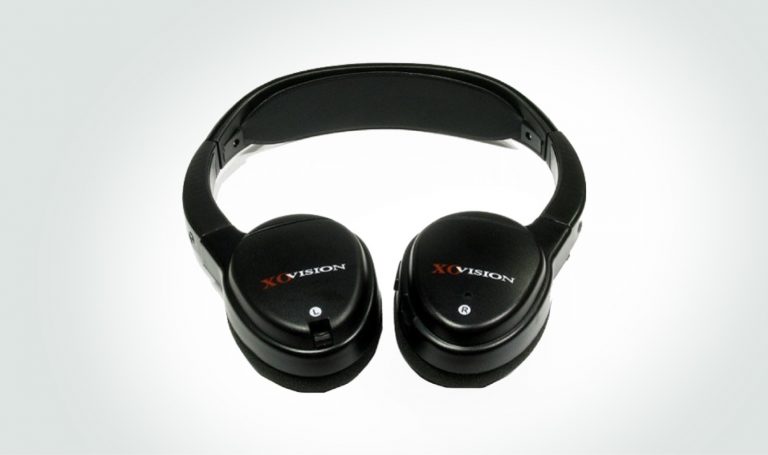
Radiofrequency (RF)
Headphones using radio waves are more powerful in terms of range, allowing you to wander around up to 300 feet (91 m) without connectivity loss. Using RF headphones is like having a tiny radio station in your head where the headphones pick up audio, and this is why it’s commonly used in silent discos. However, the lack of bass capabilities has been a common issue among RF headphone models on the market. It has better sonic quality than Bluetooth but environment setup factors in the sound performance.
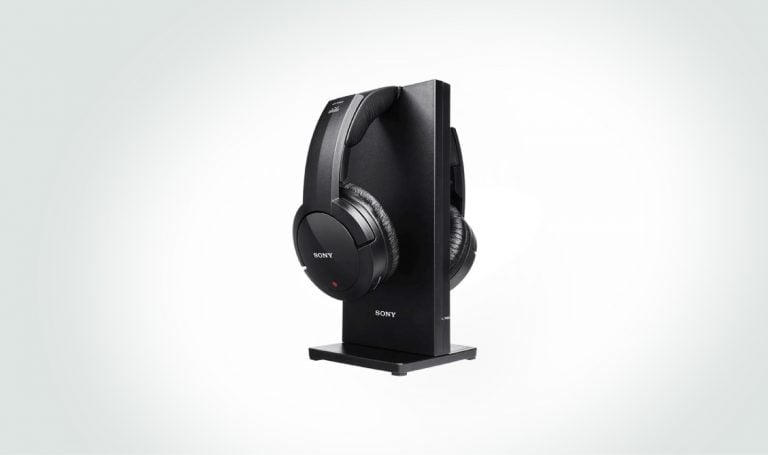
Kleer
The newest in this bunch, proprietary Kleer Wireless Technology is best known for its lossless transmission of sound, providing 16-bit CD quality sound as its maker SMS Audio claims. It’s also known for its low battery consumption, lasting wireless headphones up to 3 to 4 times longer than Bluetooth headphones, and it can go as far as 50 feet (15 m). Sennheiser, a purveyor of some of the best wireless headphones on the market, uses this technology in some of its products.
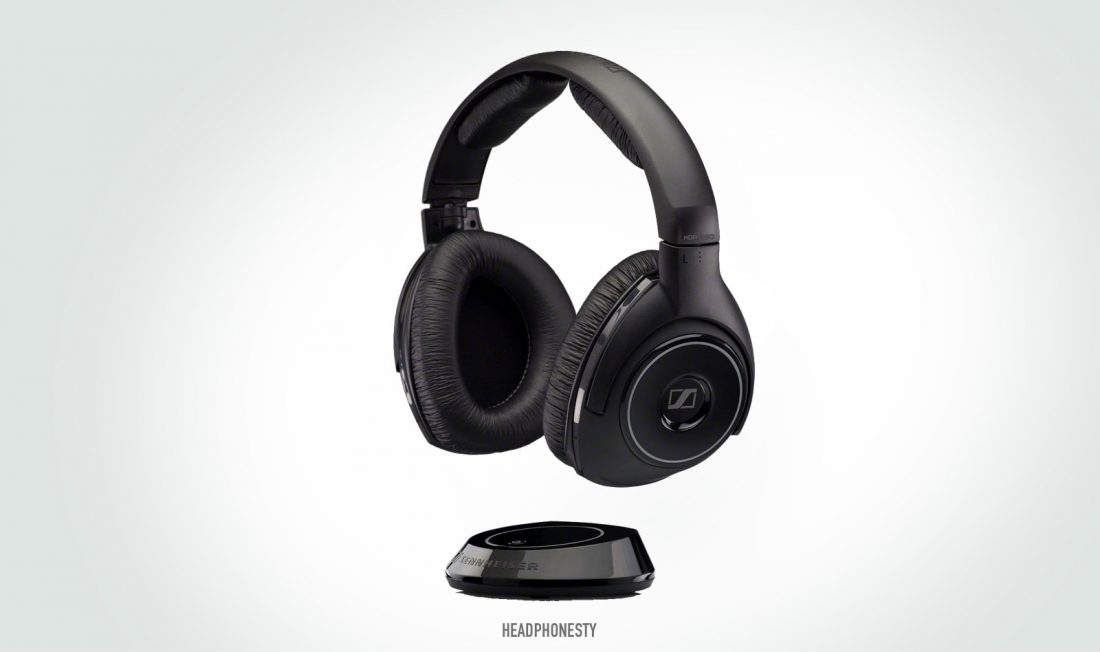
A Buyer’s Guide to True Wireless Headphones
Now it’s time to dig deeper and learn about the basic factors that you should know before buying a pair of true wireless headphones.
- Sound Quality
- Battery Life
- Wireless Range
- Comfort and Design
- Warranty
- Price
Sound Quality
Sound quality is a major consideration point in true wireless headphones. This is largely due to the way audio is transmitted wirelessly from an audio source to headphones. Unlike wired headphones,
- digital audio signal has to be compressed at source
- and then transmit to headphones via some wireless technology like Bluetooth.
- The headphone will receive the transmission and unpack the digital signal back to the analog.
Along the way, the compression and wireless transmission can cause sound quality to drop. You should know that Sound quality can be affected by…
- the distance between the headphones and source
- the number of obstruction (walls etc.) between the source and the headphones
- Bluetooth audio codecs that your headphones and source support
Bluetooth Audio Codecs
Bluetooth audio codecs are different types of algorithms that compress and decompresses digital audio signals. Codecs like LDAC, aptX and aptX HD are able to deliver sound quality at near CD quality. There is also codecs such as AAC which is pretty decent. Among them, SBC has the lowest quality of compression.
Takes Two To Tango
Both the headphones and audio sources must support the same audio codec in order for the algorithm to work as advertised. Most mobile devices support AAC and SBC only.
Battery Life
Battery life is a soft underbelly of true wireless headphones. Due to their relatively small driver housing, manufacturers find it a challenge to fit bigger rechargeable batteries in it. Instead, the manufacturer has a smart solution, they build the battery into their carry case and call it the “charging case”. More often than not, most true wireless headphones last about 3 hours of use on average before they get completely drained. This is where charging cases come in handy. A great charging case can give your headphones at least extra 5 to 6 hours of listening time.
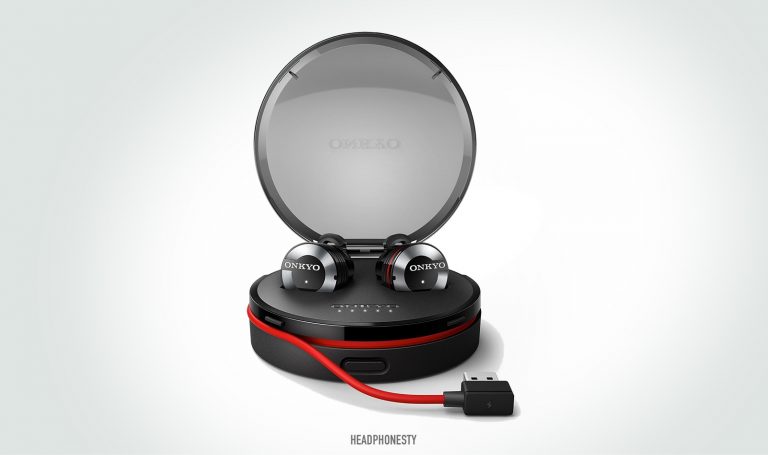
However, a raft of models can go further than that, including the Jabra Elite Active 65t that promises up to 25 hours of recharge and the Onkyo W800BT that can give you up to 15 hours.
Don’t be deceived by what you see on manufacturers’ spec sheets, though. There are a lot of dynamics to look at in order to gauge how the battery life of true wireless headphones gets drained. For example, volume can impacts the consumption of battery life. The louder the sound, the greater power consumption.
Wireless Range
It is a myth that Bluetooth cannot do distant coverage. Bluetooth classes, which run from 2.4 to 2.485 GHz, vary in range capabilities.
- Class 1 Bluetooth covers up to 328 feet (100 m).
- Class 2 Bluetooth covers up to 33 feet (10 m).
- Class 3 Bluetooth covers less than 33 feet.
Almost all audio sources like mobile devices and laptops only have Class 2 Bluetooth device installed. It only makes sense for true wireless headphones manufacturers to produce headphones with Class 2 Bluetooth support. For instance, the Jabra Elite 65t, the Sony WF-1000X, the Onkyo W800BT and the Beoplay E8. An outlier will be the Apple AirPods. With big thanks to the Apple’s W1 chip, AirPods can go as far as 100 feet (30 m). That is considered as a Class 1 device.
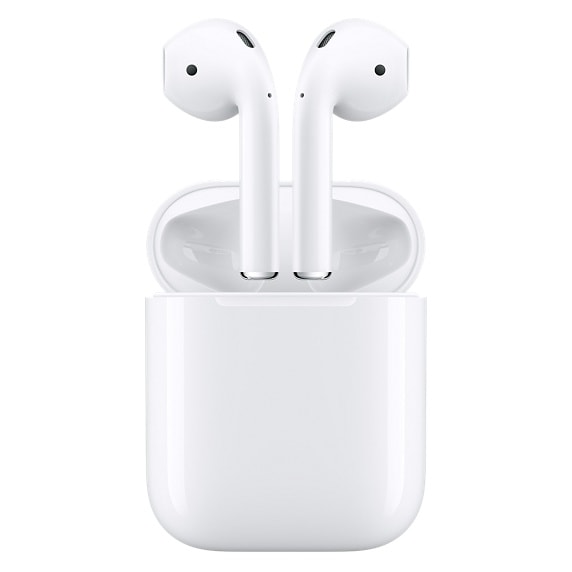
Range Is Not Everything
Having great Bluetooth range is cool but we should be careful to not over-prioritize it. To achieve good sound quality, you have to factor in the speed of transmission and also the amount of data that can be transmitted. In fact, there are better transmission technologies such as Wi-Fi that can accomplish that.
Comfort and Design
The absence of cables in headphones provide an extra layer of convenience and it might be for that same reason true wireless headphones have gained traction in the last two years. When choosing the best true wireless headphones, you should take into account the level of comfort and functionality they will give you. Otherwise, you will miss the inherent purpose of getting a pair of cable-free headphones–freedom of movement and comfort. Sometimes to get more battery life out of the true wireless headphones, the manufacturer will fit a bigger battery into the housing. This can cause it to become bulky and even unsightly.
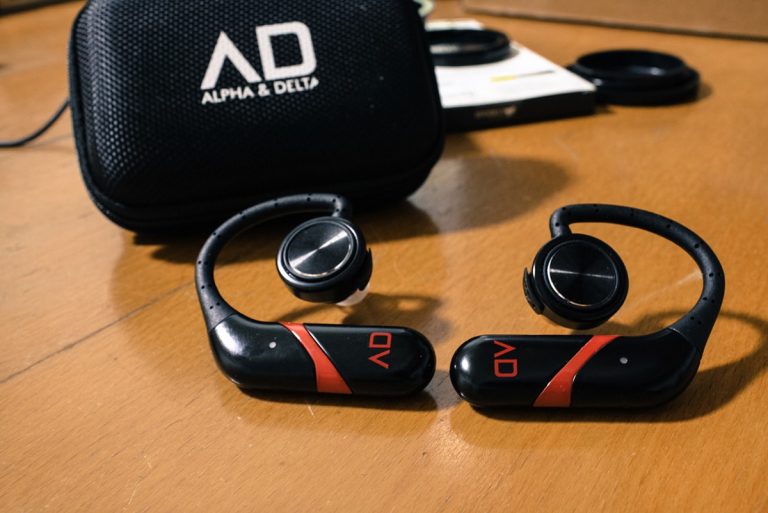
A comfortable pair of true wireless headphones…
- Fits snugly in your ear canal, enough to stay put even when you’re constantly moving
- Is lightweight to prevent fatigue
- Has controls and buttons well placed
A bad pair of true wireless headphones…
- Is bulky and heavy
- Causes pain and discomfort
Comfort is subjective to individuals and their lifestyles. We will not cover them all but let’s roughly run through them.
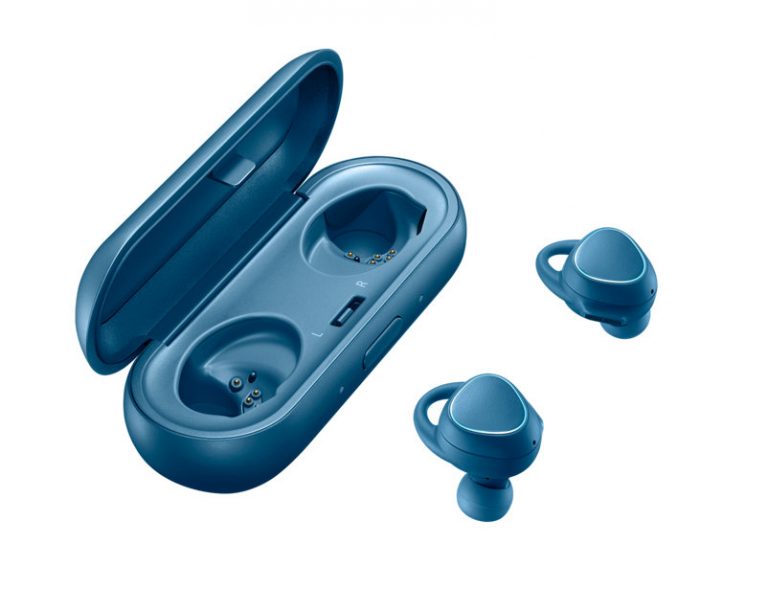
Warranty
As a technology in its early stage, true wireless headphones have their fair share of hiccups, even the best brands, and the most expensive models. That’s why it’s extremely necessary to take warranty and return policy into consideration before finally deciding on your next purchase. If you can try the headphones on first, that would be great to gauge the build quality. If you’re planning to buy online, make sure to get acquainted with the manufacturer’s return policy as well as its customer service.
Price
True wireless headphones tend to be pricier. True wireless headphones like the Beoplay E8 can costs up to almost €300 while it’s wireless compatriots like the Beoplay H5 cost €50 lesser.
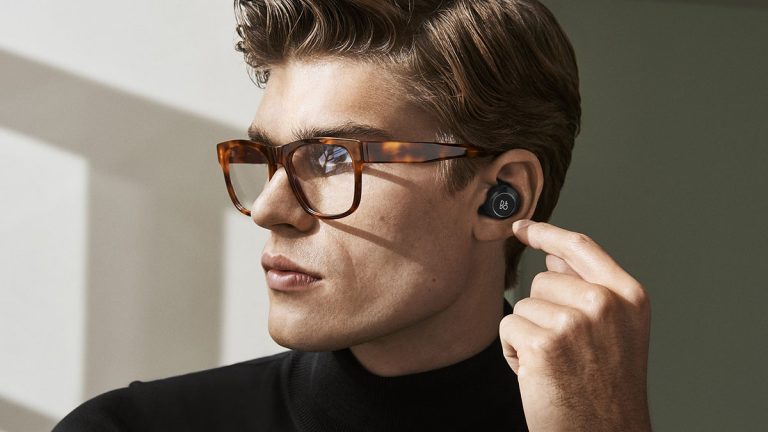
Setting its luxury branding aside, it’s not cheap to make great true wireless headphones. To be able to output high-quality music in a small package with limited power is a major challenge. Manufacturers had to invest into R&D to overcome them. Despite that, if you are not willing to splurge but still want a pair of decent-performing true wireless headphones, there are cheaper models primed to give you a bang for your buck. In no particular order, here are some models you might want to take a look at.
![]()